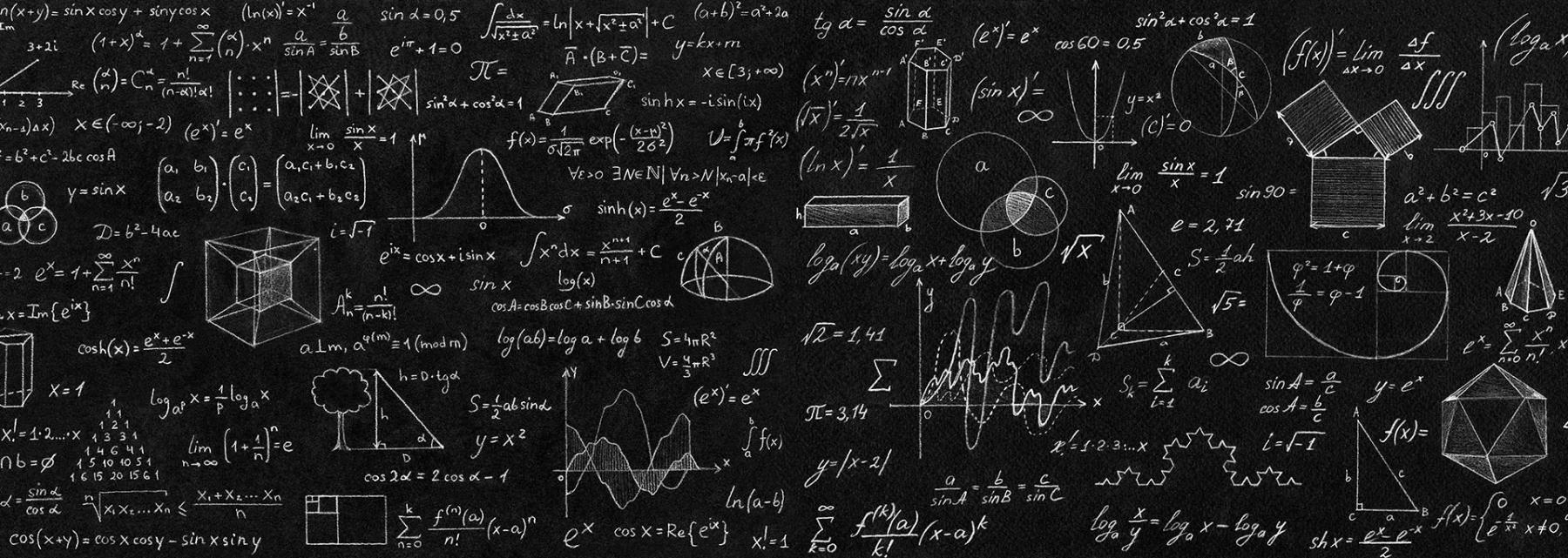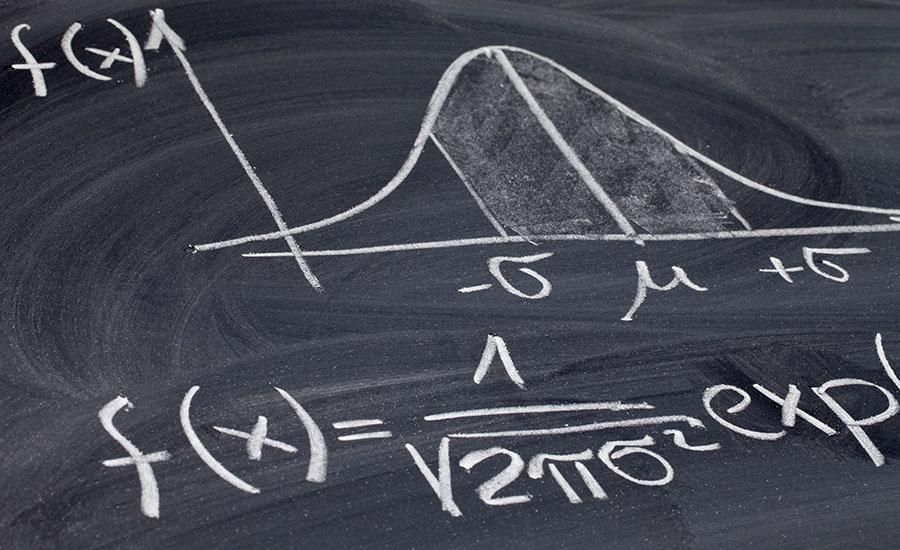
Modeling Newton's Laws with Stations Part 1
by Vickie Campbell
With this introductory lesson on Newton's Laws, student will have the opportunity to understand and explain Newton's 3 laws through a hands-on experience. This is an excellent way to introduce physics to many students. Included in this lesson are stations for inertia, acceleration, equal and opposite, and friction. Students will have a blast and will come away with a better understanding of all of Newton's 3 laws of motion.
Lesson Plan Link/URL
https://docs.google.com/presentation/d/1doVwTd6P9gPKBvNLaXlfW4tHZED7ZsTuIgOUImJ…Related Content

Grades:
7th Grade
This lesson plan is designed for students to investigate the relationship between force, mass, and acceleration. The lesson starts with a phenomena video and hypothesis question. It is followed by a

Grades:
5th Grade
This lesson has an emphasis on explaining what is force. It also has an emphasis on explaining how you can see and measure force. For this lesson you need several empty plastic bottles, rubber bands

Grades:
9th Grade, 10th Grade, 11th Grade, 12th Grade
This lesson uses a Modeling Instruction approach to developing the graphical and mathematical relationship commonly known as Newton's 2nd Law for students in Grades 9-12. Students design an experiment